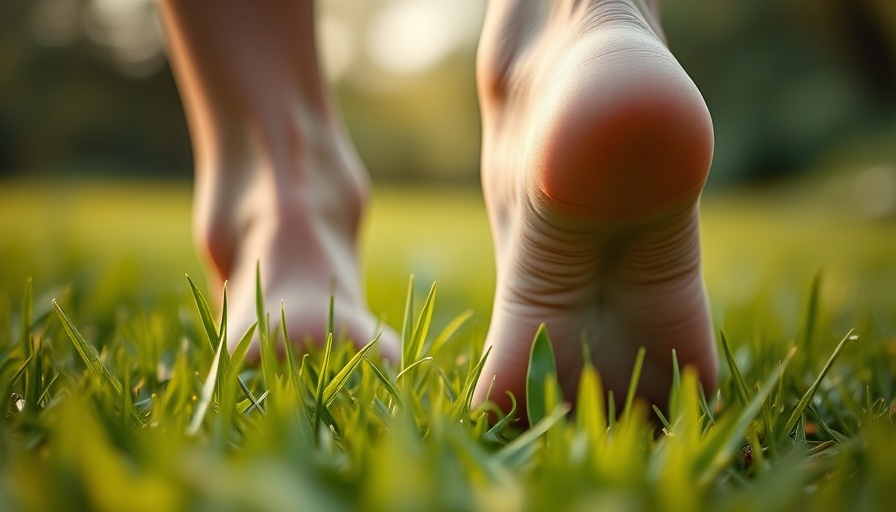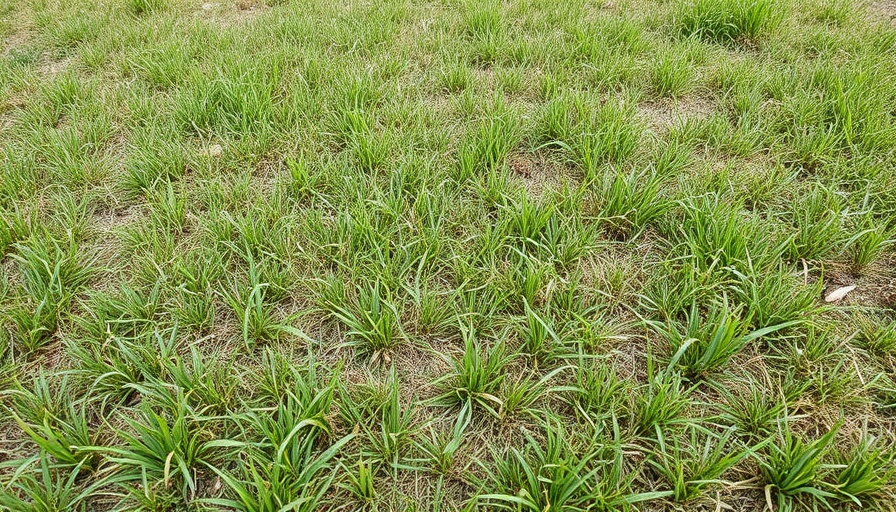
Essential Tips to Fertilize and Mulch Your Akron Lawn Effectively
Maintaining a beautiful lawn is a cherished endeavor for many Akron homeowners, especially given the region's unique climate and soil conditions. Fertilizing and mulching are integral to achieving that vibrant and lush outdoor space, but many residents often wonder about the best practices for these processes. Below, we provide comprehensive guidance on how to fertilize and mulch your lawn successfully, along with insights on maximizing the health and aesthetics of your green space.
Understanding Soil Health: The First Step
Before diving into fertilization and mulching, understanding your lawn's soil is crucial. A soil test can provide information about nutrient deficiencies and soil pH, guiding you on the specific needs of your lawn. In Akron, the cool-season grasses like Kentucky bluegrass, fine fescue, and tall fescue thrive best, and knowing your soil's content will tailor your fertilization efforts more effectively.
When to Fertilize Your Lawn in Akron
In Akron, timing your fertilizer application is essential. Fertilization can happen up to four times a year, with the late fall application considered the most critical. A suggested schedule includes:
- April and May: Apply fertilizer in late April or early May using slow-release nitrogen.
- June: For those missing the spring application, increase nitrogen to 0.75 lbs per 1,000 sq ft.
- August/September: Late summer fertilization helps grass cope with the upcoming winter.
- October/November: The vital late fall fertilization should involve quick-release nitrogen for immediate absorption.
The Importance of Mulching
Mulching holds its own set of benefits. Not only does it retain moisture and provide essential nutrients back to the soil, but it also suppresses weeds and protects against temperature extremes. In Akron, fall is the recommend time to mulch, as it prepares your lawn for the winter frost.
One of the simplest ways to mulch is through grasscycling, which involves leaving grass clippings on the lawn after mowing. This practice reduces waste and enriches the soil with organic matter.
Choosing the Right Fertilizer
When shopping for fertilizer, look for the N-P-K ratio, which indicates the proportions of nitrogen, phosphorus, and potassium. Slow-release fertilizers can provide extended nourishment, while quick-release varieties are excellent for immediate boosts during stressful growth periods. Align your choice with the specific needs identified through your soil test.
Practical Tips for Successful Fertilization and Mulching
1. **Mow Before Fertilizing**: Always mow your lawn before applying any fertilizers or mulch. A neat cutting allows for better fertilizer absorption and ensures an even spreading surface.
2. **Watering After Application**: After fertilizing, water your lawn to help with nutrient absorption. Make sure not to saturate it immediately after applying liquid fertilizers, as this can wash away the nutrients.
3. **Observe Environmental Conditions**: Avoid fertilizing during extreme temperature conditions or when the ground is frozen. Both conditions prevent proper nutrient uptake.
Addressing Common Misconceptions
A frequent misconception is that more fertilizer means a healthier lawn. In reality, over-fertilizing can lead to “fertilizer burn,” where the nutrients overwhelm the grass, causing discoloration and damage. It's essential to follow recommended application rates based on your grass type and soil test results.
Additionally, while many believe grass clippings must be removed after mowing, mulching clippings can significantly reduce the need for additional fertilizers, providing grass with back-to-soil nourishment.
Conclusion: Let Your Lawn Flourish
The investment in proper fertilization and mulching techniques will yield a stunning lawn for Akron residents. By adhering to these practices and understanding your lawn's unique needs, you can cultivate a thriving green space that enhances the beauty of your home.
 Add Row
Add Row  Add
Add 


Write A Comment